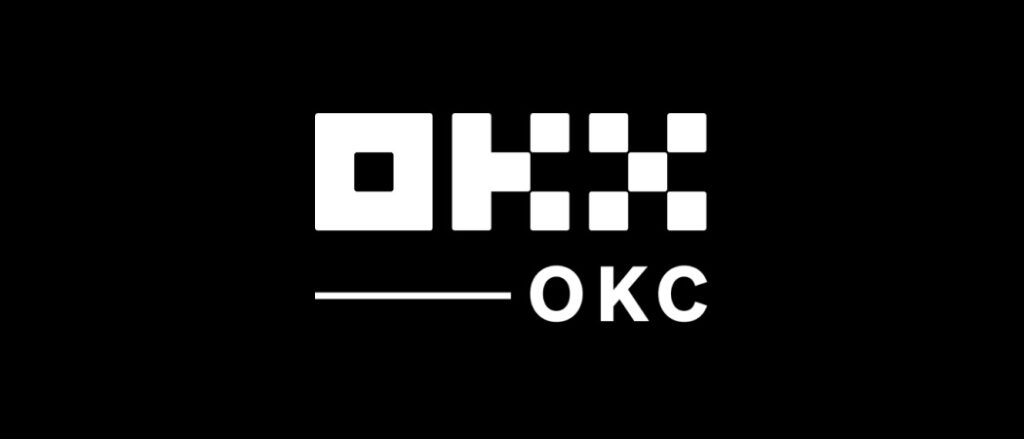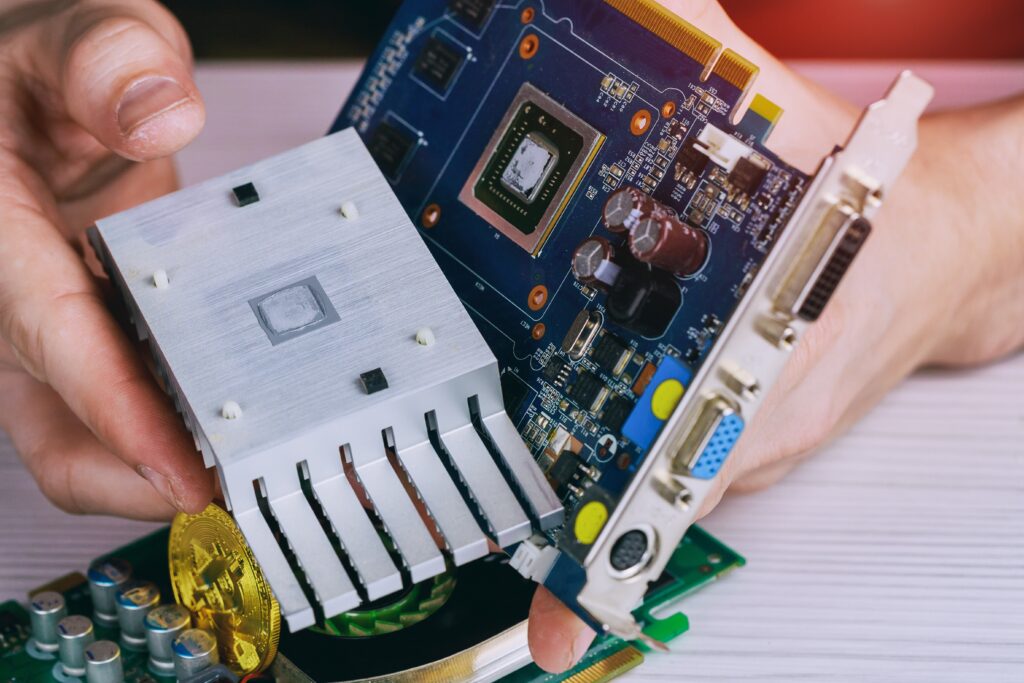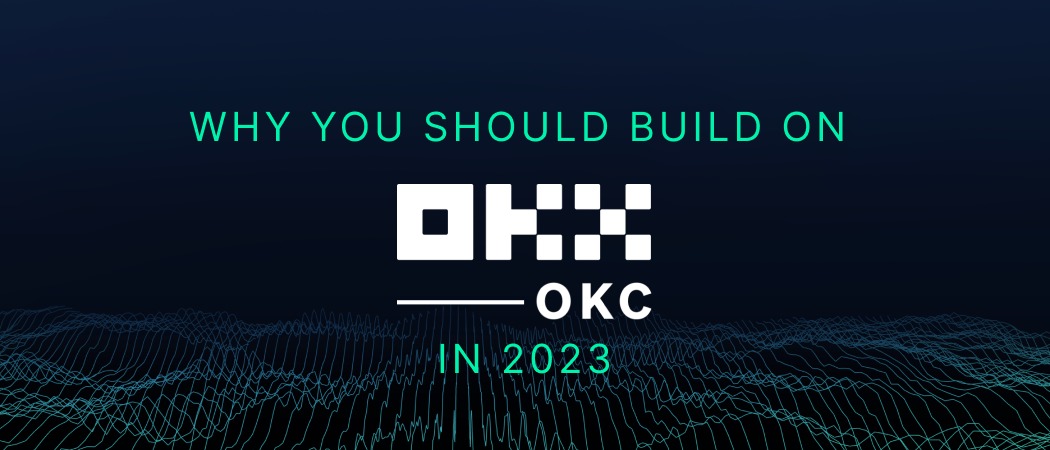With the advent of blockchain technology, a plethora of different blockchains are available for use. Each blockchain has its own unique features and benefits and choosing the right one can be a daunting task. However, with a little research, you can find the perfect blockchain for your needs.
Although blockchain has the potential to revolutionise the way we conduct business and manage data, there are still some limitations that need to be addressed. For one, the technology is still in its early stages of development, which means it is not yet as refined or efficient as it could be.
But more importantly, many blockchains today are not well-suited for handling large amounts of transactions. There is also the issue of high cost, slow speed, and scalability. Finally, blockchain is also vulnerable to security risks.
To mitigate all these issues, OKTC exchange has created its own blockchain to build scalable dApps, allow users to be their own bank, and drive the mainstream adoption of Web3. Allow us to introduce OKT Chain.
What is OKTC (OKT Chain)?

OKTC (OKT Chain) is a blockchain platform that enables the development of decentralised applications (dApps). It is designed to be scalable and easy to use, focusing on security and performance.
It aims to achieve true interoperability while maximising performance for developers to build and scale with low gas fees.
The OKTC is built on Cosmos, an ecosystem of interoperable and sovereign blockchain apps and services. This Delegated Proof of Stake (DPoS) blockchain aims to create a network of blockchains that are able to communicate with each other in a decentralised way.
The Cosmos architecture is a highly scalable and modular system that enables the construction of dApps, while the Cosmos SDK is a toolkit for developers to create their own tokens, modules, and customisations on the Cosmos Hub. The Cosmos Hub is powered by the Tendermint Core consensus engine, which provides instant finality and high throughput.
OKTC is the first Cosmos-based architecture that is compatible with EVM (Ethereum Virtual Machine), allowing developers to migrate their Ethereum dApps to OKTC without having to write entirely new code, as such, facilitating a cross-chain-friendly ecosystem.
OKT Chain is the native token of the OKT Chain platform and is used to pay transaction fees and gas. Moreover, the token is also used to pledge in order to avoid malicious behaviors as well as for match-making security and participating in validator elections and on-chain governance.
The token has a maximum supply of 41.69 million OKT Chain. A reward-halving model is also applied, under which the block reward, which is currently 0.5 OKT Chain, is halved roughly every three years.
What Makes OKT Chain Different?

OKTC is a public blockchain designed to be scalable, secure, and easy to use. It is powered by a Proof-of-Stake consensus algorithm and uses a unique multi-chain architecture to achieve these goals.
This blockchain network builds upon innovations started on the bitcoin, only expanded by Ethereum’s launch that introduced smart contracts in the industry.
What makes OKTC different from other blockchains is its focus on scalability. It uses a unique multi-chain architecture that allows it to process more transactions per second than other blockchains. This makes it ideal for applications that require high throughputs, such as payments or exchanges.
OKTC also offers a fast, cheap alternative to the dominant smart contracts networks. In fact, certain use cases, such as GameFi, are much more reasonable on OKTC compared to other networks, thanks to its extremely low transaction costs and quick settlement times. DeFi users, put off by high gas fees and lengthy waiting times of other blockchain networks, will appreciate the low-cost, near-instant transaction settlements on OKTC.
In addition, OKTC is powered by a PoS consensus algorithm, which is more energy-efficient than Proof-of-Work (PoW). This makes it more environmentally friendly and reduces the cost of running a full node.
OKTC supports every decentralised application type available in other blockchains with smart contracts. It is a high-performance, decentralised, smart contract-enabled blockchain optimised specifically for commerce. OKTC can reach as much as 5,000 transactions per second (TPS), with costs that are fractions of those of other smart contract-enabled blockchains.
In today’s multi-chain world, OKTC further enables interoperability across chains. Being 100% compatible with Ethereum’s virtual machine and its interoperability with the inter-blockchain communication protocol ecosystem gives it even more flexibility. OKTCs ecosystem, which allows a frictionless experience for developers and users alike, is completely open-source, and anyone can develop a decentralised app and deploy it to OKTC.
As an all-in-one multi-chain Web3 interface, the OKC ecosystem enables a seamless experience for both developers and users.
How to Build on OKTC

Now to build on OKTC and take advantage of its many benefits, you would need an API. After all, an API (application programming interface) will allow you to access the data in the OKT Chain, build different kinds of dApps, help strengthen and expand its ecosystem, and make the chain even more powerful.
You need a blockchain API to build on a blockchain because it allows developers to interact with the blockchain. It enables developers to access data on the blockchain and perform functions such as creating smart contracts and applications on the blockchain. It also allows developers to easily integrate their applications with other third-party services, making it possible to build complex applications that use data from multiple sources. Developers can also query the blockchain and receive information about transactions and blocks.
In short, blockchain APIs are important because they enable developers to build powerful applications on top of existing platforms and to easily integrate those applications with other services.
So, to build on OKTC, you would need the RockX Node API, which provides instant access to robust and scalable infrastructure to start building on OKTC without delay.
Using this API service provider means, as a developer, you can focus on building, trading, and exploring data on OKTC while RockX will manage and maintain the node for you. Your API Key usage can be tracked and managed through the company’s superior dashboard featuring request data in both numbers and graphs.
Moreover, when using RockX’s node API, you get exclusive access to OKTC dedicated nodes. And as a premium solution, RockX’s dedicated nodes allow you to leverage the entire node solely for your blockchain-based projects.
The dedicated node infrastructure of RockX can supercharge GameFi protocols, Play-to-Earn (P2E) ecosystems, DeFi, crypto wallets, and more diverse applications.
Overall, connecting to RockX dedicated nodes guarantees the best user experience, high availability, and dedicated customer support.









